Disclaimer:
I am not a vet, and this is not veterinary advice, it's simply a summary of my trip to the vet, my experience, what I've learned about panleukopenia over the last twelve days, and what I would do differently if I could go back in time or if it happens again..
What is Feline Panleukopenia
Feline panleukopenia (aka FP or panleuk) is a preventable highly contagious viral disease that affects cats. It is also called feline distemper, although it should not be compared to canine distemper. It is also known as feline parvo, due to the fact that it is caused by a parvovirus and shares similarities with canine parvo.
Panleukopenia is considered one of the deadliest cat diseases in the unvaccinated cat population. Source.
There is a vaccine for feline panleukopenia virus. Going forward, I plan on vaccinating and I strongly suggest you do, too.
How it Started:
On Sunday, November 12th, 2023, I noticed that our kitten was not feeling well, he was crying when straining to pee & poop, & not interested in his favorite foods, so I took his temperature, and it was 104.1° f (normal is 100.5° to 102.5°). Within a few hours, his temperature rose to 106.1° f, and he started vomiting, so I took him to the emergency vet. Once we were in the exam room, the vet tech came in, asked a bunch of questions, said she thought it could be panleukopenia, and tested him for that.
Before going to this vet, Mike read reviews and told me people were saying how expensive it was, like a minimum of $2000 a day if you left your animal there, which was not an option for us. Who has that kind of money, lol.
The vet came in and said the kitten tested positive for panleukopenia and that the prognosis was poor, even for kittens in a hospital setting receiving IV fluids and medications. I explained that leaving him there was not an option due to the cost. She came up with an at-home plan (shown below). She also gave me the "consider his quality of life" speech, which made me think there was no hope.
Kitten's weight: 1.82 kg
Kitten's age: 14-15 weeks
Vet's Treatment Plan
For the next several days, he had bloody, mucusy diarrhea, was not interested in eating, and was losing weight.
For food, I tried to entice him with many types of canned food, Gerber's baby food, KMR (kitten milk replacement), and his favorite, cooked chicken breast, but he was not interested. So I had to force-feed.
The vet gave no instructions on how much to force feed, so I started with 12 ml every two hours until I found a chart that says a kitten's stomach volume is 4% of its body weight. That seemed like a lot, so I went with 30 ml per feeding 4-6 times a day. In the beginning, I started force-feeding with a 6 ml lure-slip syringe, but the food kept getting stuck, so I switched to a 60 ml catheter-tipped syringe, which worked much better. Several websites mentioned that hypoglycemia could be a problem, so I added a little corn syrup to his food.
All was going well until Saturday the 18th when he started vomiting again. My vet was closed, and I did not want to shell out more $$$ for more anti-nausea medication (would have cost $193 for another office visit plus the medication, which was $72 for five shots), so I searched the web and found that cats can have Kaolin and pectin, and Petsmart had one labeled for dogs, so I got that. It has the exact same ingredients as the ones labeled for cats, so I gave him 0.8 ml and the vomiting stopped. It seemed to help his stool firm up, too.
November 20 - First firm poop, but still covered in some mucus. Gave vitamin B complex injection subcutaneously (0.1ml).
November 21 - Started giving lysine.
November 22 - He started showing interest in food, and his poop was looking better.
November 23 - Ravenous! Ate at least 225 grams on his own.
November 24 - Still ravenous. Ate 75 grams for breakfast.
Now that his weight is increasing and his poop looks normal, I think it's it's time to start weaning him off fluids.
If I could go back in time I would have had him vaccinated. The $418 dollar vet visit could vaccinate at least 100 cats!
Since the vet & the tech didn't think he would survive, I feel like they sent us home with an incomplete treatment plan. I had so many questions and spent many hours searching for answers. If this happens again, I will have more questions for the vet:
References:
Great videos!
I am not a vet, and this is not veterinary advice, it's simply a summary of my trip to the vet, my experience, what I've learned about panleukopenia over the last twelve days, and what I would do differently if I could go back in time or if it happens again..
What is Feline Panleukopenia
Feline panleukopenia (aka FP or panleuk) is a preventable highly contagious viral disease that affects cats. It is also called feline distemper, although it should not be compared to canine distemper. It is also known as feline parvo, due to the fact that it is caused by a parvovirus and shares similarities with canine parvo.
Panleukopenia is considered one of the deadliest cat diseases in the unvaccinated cat population. Source.
There is a vaccine for feline panleukopenia virus. Going forward, I plan on vaccinating and I strongly suggest you do, too.
How it Started:
On Sunday, November 12th, 2023, I noticed that our kitten was not feeling well, he was crying when straining to pee & poop, & not interested in his favorite foods, so I took his temperature, and it was 104.1° f (normal is 100.5° to 102.5°). Within a few hours, his temperature rose to 106.1° f, and he started vomiting, so I took him to the emergency vet. Once we were in the exam room, the vet tech came in, asked a bunch of questions, said she thought it could be panleukopenia, and tested him for that.
Before going to this vet, Mike read reviews and told me people were saying how expensive it was, like a minimum of $2000 a day if you left your animal there, which was not an option for us. Who has that kind of money, lol.
The vet came in and said the kitten tested positive for panleukopenia and that the prognosis was poor, even for kittens in a hospital setting receiving IV fluids and medications. I explained that leaving him there was not an option due to the cost. She came up with an at-home plan (shown below). She also gave me the "consider his quality of life" speech, which made me think there was no hope.

Kitten's weight: 1.82 kg
Kitten's age: 14-15 weeks
Vet's Treatment Plan
- Antibiotic -0.12 ml Cefovecin/Convenia (80mg/ml) once. The vet tech gave the shot.
- Fluids - 40 ml lactated ringers subcutaneously every six hours.
- Antiemetic - 0.12 ml Maropitant/Cerenia (10 mg/ml) subcutaneously once a day for five days.
- De-wormer - 1.8 ml fenbendazole (100 mg/ml) orally for three consecutive days.
- Anti-protozoal - 3.6 ml toltrazuril (50 mg/ml) orally once.
- The vet's treatment plan as shown above.
- Weigh at least once a day.
- Force feed a little every two hours.
- Keep isolated in a crate in a warm room.
- Food & water available in crate.
For the next several days, he had bloody, mucusy diarrhea, was not interested in eating, and was losing weight.
For food, I tried to entice him with many types of canned food, Gerber's baby food, KMR (kitten milk replacement), and his favorite, cooked chicken breast, but he was not interested. So I had to force-feed.
The vet gave no instructions on how much to force feed, so I started with 12 ml every two hours until I found a chart that says a kitten's stomach volume is 4% of its body weight. That seemed like a lot, so I went with 30 ml per feeding 4-6 times a day. In the beginning, I started force-feeding with a 6 ml lure-slip syringe, but the food kept getting stuck, so I switched to a 60 ml catheter-tipped syringe, which worked much better. Several websites mentioned that hypoglycemia could be a problem, so I added a little corn syrup to his food.
All was going well until Saturday the 18th when he started vomiting again. My vet was closed, and I did not want to shell out more $$$ for more anti-nausea medication (would have cost $193 for another office visit plus the medication, which was $72 for five shots), so I searched the web and found that cats can have Kaolin and pectin, and Petsmart had one labeled for dogs, so I got that. It has the exact same ingredients as the ones labeled for cats, so I gave him 0.8 ml and the vomiting stopped. It seemed to help his stool firm up, too.
November 20 - First firm poop, but still covered in some mucus. Gave vitamin B complex injection subcutaneously (0.1ml).
November 21 - Started giving lysine.
November 22 - He started showing interest in food, and his poop was looking better.
November 23 - Ravenous! Ate at least 225 grams on his own.
November 24 - Still ravenous. Ate 75 grams for breakfast.
Now that his weight is increasing and his poop looks normal, I think it's it's time to start weaning him off fluids.
If I could go back in time I would have had him vaccinated. The $418 dollar vet visit could vaccinate at least 100 cats!
Since the vet & the tech didn't think he would survive, I feel like they sent us home with an incomplete treatment plan. I had so many questions and spent many hours searching for answers. If this happens again, I will have more questions for the vet:
- If he doesn't eat on his own, how often should I force-feed?
- How much should I force-feed?
- How much weight loss is acceptable?
- What should I do if he vomits?
- How long before he starts eating?
- Once he starts eating and drinking, how do I wean him off the fluids?
- Are there any vitamins, amino acids, or minerals that could help, and what are the doses
References:
Great videos!
Attachments
-
kitten bottle feeding and stomach capacity chart.pdf419 KB · Views: 3
-
high-potency-vitamin-b-injection.pdf62.2 KB · Views: 2
-
Treatment of Feline panleukopenia Virus Infection in Naturally Infected Cats and its Assessment.pdf2.9 MB · Views: 3
-
Successful Treatment of Feline Panleukopenia A Guideline For Rescuers and Veterinarians, Part I.pdf4.1 MB · Views: 9
Last edited:




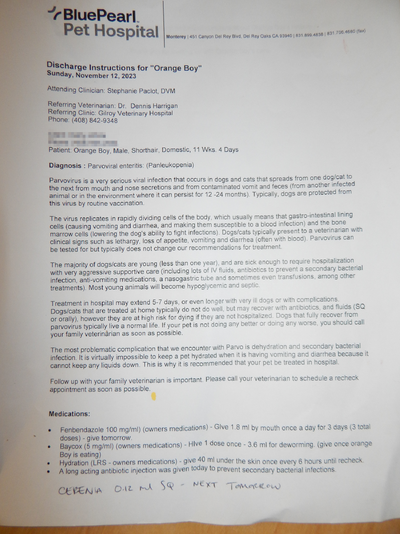
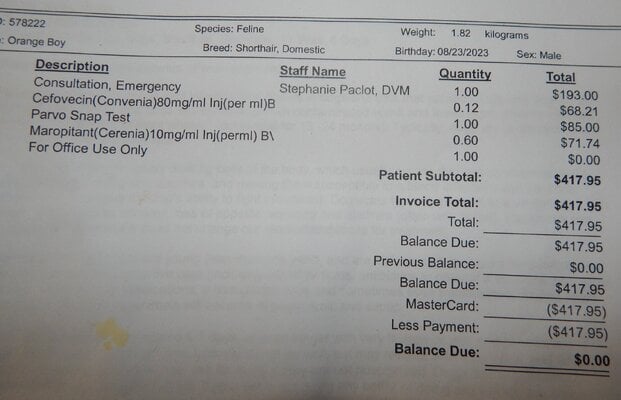
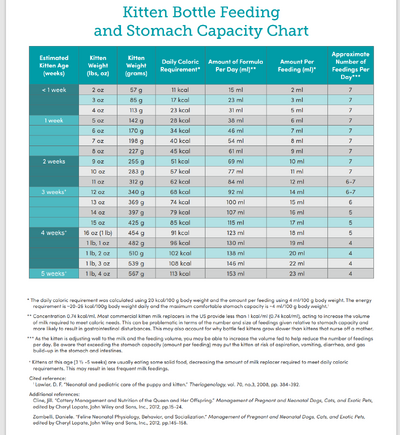
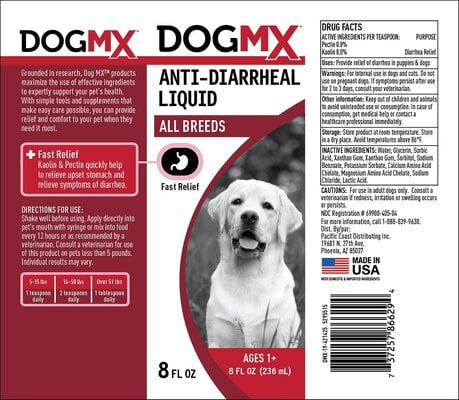
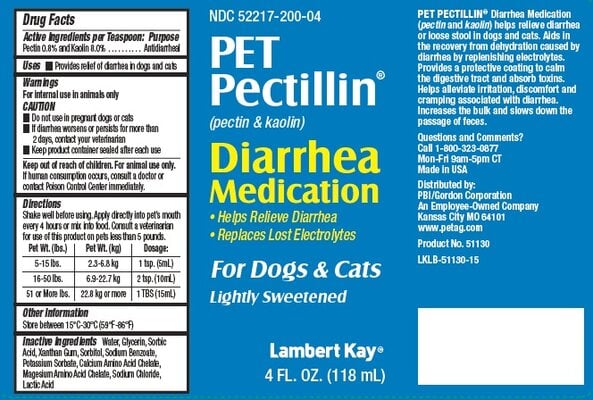
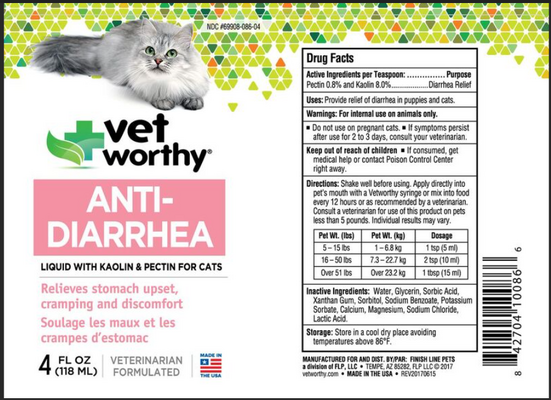

 I'll get some pictures of him.
I'll get some pictures of him.